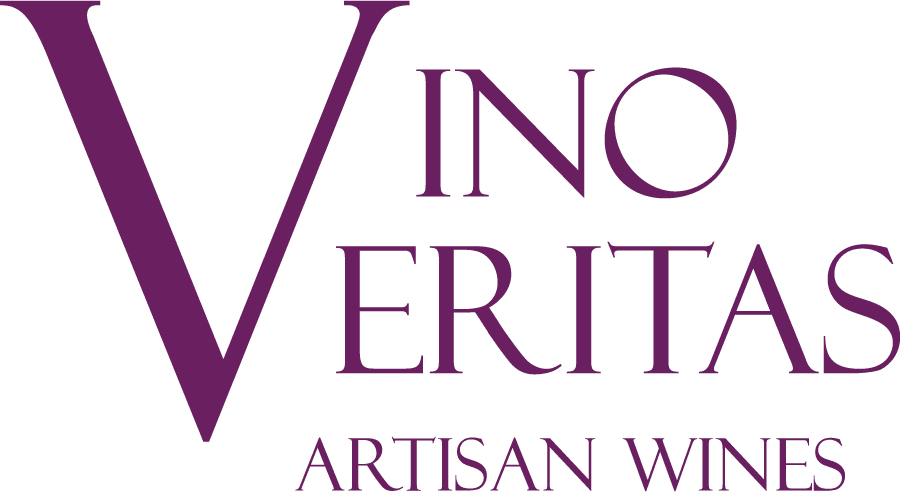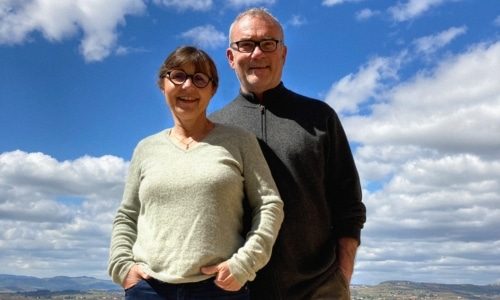
Éric Texier
A Bordeaux native who has lived in or around Lyon since 1979, Eric Texier is a jovial, energetic and fun-loving person who wants his wines to make their drinkers happy. But he is also a boundary pusher, endlessly questioning his own work for the sake of moving viticulture and winemaking forward. Eric is a trailblazer, putting all the but extinct regions of Brézème and Saint Julien en Saint Alban on the map. He experiments with concepts you rarely if ever hear about elsewhereand is rediscovering forgotten grapes adaptable to the very real threat of climate change.
He originally became a winemaker after a first career as an engineer in the nuclear industry and without any family background in vines or wines. As such, his goals and methods developed not so much from his years of schooling, but from his readings, his visiting winemakers around the world, and working in Burgundy with Jean-Marie Guffens at Verget.
After giving up the idea of buying vineyards, which was too costly a proposition for a beginner with his ambitions, he started a small négoce where he selected particularly interesting vineyard plots worked by the sincere, hard-working farmers who grew the healthy grapes he wanted to buy and vinify. He nurtured relationships with people who tend their vines with passion and care. Over the years, the shift from négociant to vigneron occurred, and today Eric owns and rents the vast majority of the vines that go into his production.
In his purely négoce days, Eric was producing 30 different wines from 10 different origins, mostly but not limited to the Northern Rhône. As a land owner and vigneron, he now produces 12 different wines from four different origins.
Like all good winemakers, Eric strongly believes that wines are made in the vineyard, and that his work, after the harvest, consists in following the lead of the vintage and accompanying the wines so they fulfill their potential. Exact steps in vinification vary according to the varietals, terroirs and vintages, but the goal is always to provide the grapes, musts and wines with the best environment and to intervene as little as possible.

est 2005
© 2025 Vino Veritas, All Rights Reserved





